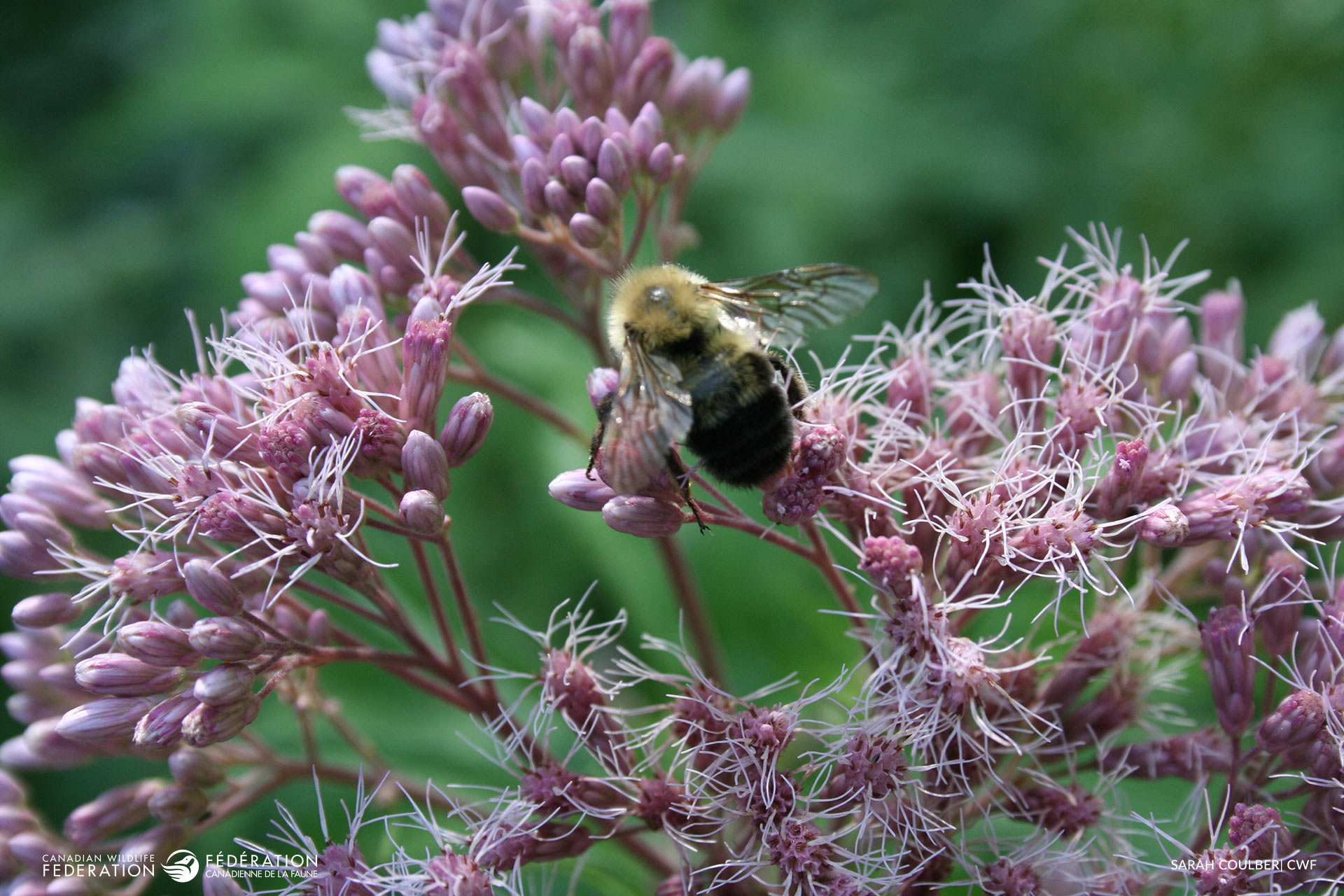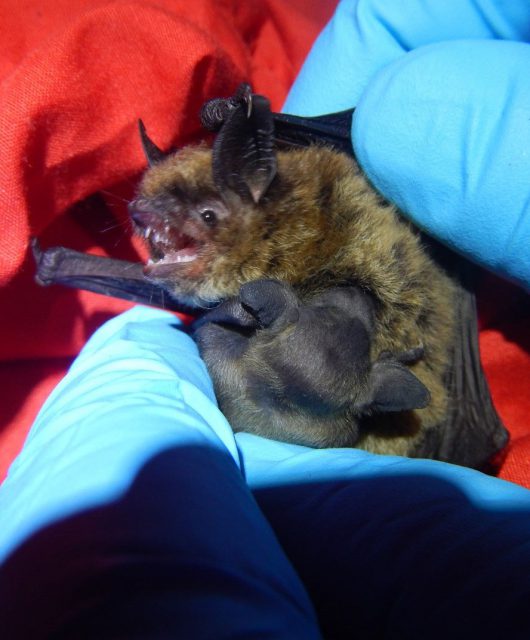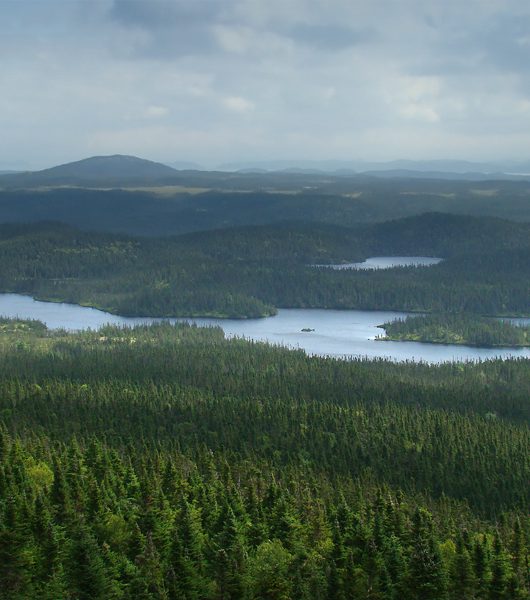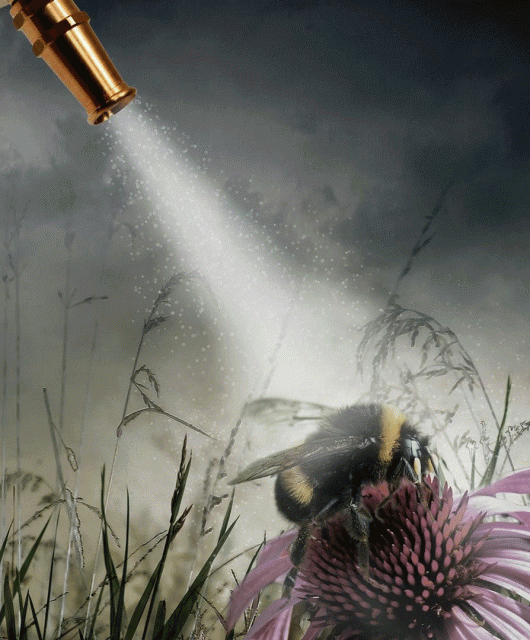We can add beauty to our garden and support local and migratory wildlife with plants that bloom from early spring through late fall.
Here are some great Canadian natives that can help fuel Monarchs, hummingbirds and other migrating animals on their journey south. They can also help nourish species that are getting ready to overwinter here like queen bumblebees, chickadees, goldfinches and juncos.
Asters

Canada has many species of asters that range from the deep purple flowers of New England Aster (Symphyotrichum novae-angliae) to the paler Lindley’s Aster (Symphyotrichum ciliolatum) and white blooming Flat-topped Aster (Doellingeria umbellata) and the smaller White Heath Aster (Symphyotrichum ericoides). Many asters are found in sunny spots but some, like the delicate looking White Wood Aster (Symphyotrichum divaricatum), are happy in partial or full shade. Asters start blooming at the end of the summer and can go up until the frosts, depending upon the species and the location. Bees and butterflies, such as our migrating Monarch Butterflies will visit them as will other beneficial insects like flies, beetles and wasps. They are larval food plants for butterflies and their seeds provide food for birds like American Goldfinches and Black-capped Chickadees.
Goldenrods

Another very important group of fall blooming plants in Canada are goldenrods. There has been an incorrect belief that they are responsible for hayfever, yet experts agree that this allergic response is due to Ragweed, an inconspicuous plant that blooms at the same time and has light pollen that travels, unlike the heavy goldenrod pollen.
Some species spread quickly, like Canada Goldenrod (Solidago canadensis) but others like the rather tall Stiff Goldenrod (Solidago rigida) and the compact Grey Goldenrod (Solidago nemoralis) can be well suited to a garden setting. Showy Goldenrod (Solidago speciosa) is another great species to consider for the garden although it could spread more quickly in rich soils but with it blooming later than some other goldenrods, it helps to extend the season for your pollinators.
Goldenrods are typically associated with sunny areas but species like delicate Zigzag Goldenrod (Solidago flexicaulis) and Bluestem Goldenrod (Solidago caesia) do best in partial or full shade. Most species have a rich golden yellow flowers but there are also the white blooming Silverrod (Solidago bicolor) and Upland White Goldenrod (Solidago ptarmicoides), originally classified as an aster (Aster ptarmicoides).
Goldenrods are very important for many of our pollinators including beetles (especially the Goldenrod Soldier Beetles and some fireflies), solitary wasps, butterflies, flower flies, moths and bees. In fact, many bees are goldenrod specialists which means they must have goldenrod to survive! These plants are also important larval food plants of a large number of butterflies and their seeds are eaten by birds.
Obedient Plant

This tall plant with spikes of pink or white flowers is great for hummingbirds and bees. It will spread fairly quickly, but only in terms of widening its patch which is manageable if you are willing to tame back the edge of the patch once a year (and share with friends!). While this plant will bloom well from the end of the summer into fall, it has been known to sport the odd flower right up until the end of autumn.
Sunflowers

Canada is home to many native species of sunflowers. Most are tall with bright yellow flowers but some, like the Downy Sunflower (Helianthus mollis) is medium sized. Many species spread but some like False Sunflower (Heliopsis helianthoides) are more clump forming. The flowers are great for pollinators including many bees, flower flies and butterflies. As with the other plants listed here, the seeds are a good food source for many seed eating birds that will eat from the plant, like finches and chickadees. What seeds fall to the ground are then good for ground feeding birds like juncos and native sparrows.
Joe pye-weed
 If you have a damp area and room for a tall plant, consider growing Spotted Joe Pyeweed (Eutrochium maculatum) which blooms a bit later than its cousin Sweet Joe Pyeweed (Eutrochium purpureum). Its clusters of soft pink flowers are a magnet for butterflies and bees but hummingbirds have been known to visit them as well.
If you have a damp area and room for a tall plant, consider growing Spotted Joe Pyeweed (Eutrochium maculatum) which blooms a bit later than its cousin Sweet Joe Pyeweed (Eutrochium purpureum). Its clusters of soft pink flowers are a magnet for butterflies and bees but hummingbirds have been known to visit them as well.
Harebells

Also called Bluebells, Campanula rotundifolia is a delicate plant with purple bell shaped flowers that tends to bloom anywhere from midsummer into early fall. It is suited to a partially-shaded spot and is visited by hummingbirds and bees.
Great Blue Lobelia

This lobelia (Lobelia siphilitica) is attractive with spikes of blue flowers at the end of summer and into early fall. It is a versatile plant in its growing conditions, ranging from moist to dry, partial shade and full sun. Its cousin Cardinal Flower (Lobelia cardinalis) has bright red blooms and can be seen flowering around the same time. Both are visited by hummingbirds and bees.
American Witch Hazel

Witch Hazel (Hamamelis virginiana) is a native shrub found in moist wooded areas. It has an unusual flower and in the right spot, this bush can be a lovely addition to a garden. Its wispy yellow petals are delicate and can be pollinated by flies, wasps, bees and beetles.




